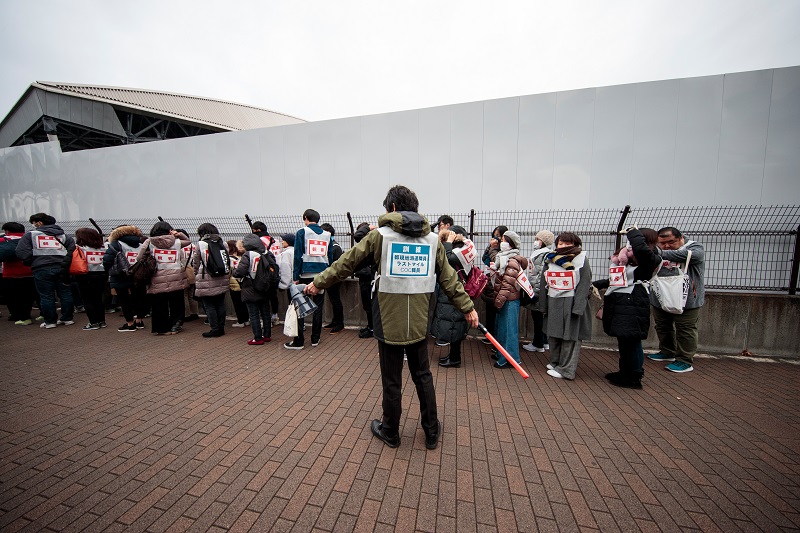
- ARAB NEWS
- 25 Apr 2024

TOKYO: With the Tokyo Olympic and Paralympic Games approaching, Japan's government and the organizing committee for the games are busy preparing measures to cope with possible natural disasters hitting the Japanese capital during the sporting events.
The stepped-up disaster preparations come on the heels of a series of recent natural disasters and continuing fears that a major earthquake may occur directly under the Tokyo metropolitan area in the future. Last October, some matches of the Rugby World Cup in Japan were canceled due to a strong typhoon.
In August 2019, the government conducted an annual simulation drill under the scenario of a huge earthquake striking beneath the Tokyo area, this time assuming a temblor occurring at noon on July 31, 2020, in the middle of the Olympics.
In the drill, 171 people from central government agencies, the organizing committee and four prefectures offering competition venues for the games brought together their disaster action plans and discussed how to cooperate.
One issue identified as a problem was how to cope with a possibly large number of people, mainly Olympic and Paralympic spectators, who would be unable to return home in the event a major earthquake knocks out public transport systems.
According to the Cabinet Office, which organized the drill, the participants confirmed procedures for arranging alternative transport services and opening temporary shelters.
But they found a need to discuss further how to provide disaster information to spectators, including foreigners, how to guide them to temporary shelters and how to distribute relief goods.
At the time of the March 2011 earthquake, some 5.15 million people in the Tokyo metropolitan area were unable to return home due to paralyzed public transportation.
The Olympic and Paralympic Games will bring a great number of visitors from abroad. "This is the point we need to discuss further during the six months" before the start of the quadrennial sporting events, a Cabinet Office official said.
In the lead-up to the games, the Ministry of Land, Infrastructure, Transport and Tourism has launched a website providing information on damage from disasters, such as earthquakes and floods, in four languages including English and Chinese.
But the website is not widely known.
Late last month, the first field drill assuming a major quake striking directly under the Tokyo metropolitan area was conducted at the Ariake Gymnastics Center in the capital's Koto Ward, one of the Olympic and Paralympic venues, participated by officials from the organizing committee, the Tokyo metropolitan government and Tokyo's Metropolitan Police Department.
"If procedures for dealing with an earthquake, which happens suddenly, are fully implemented, they can also be applied for flooding," the Cabinet Office official said.
Still, further efforts for close cooperation among relevant organizations are sought, pundits said.
Jiji Press